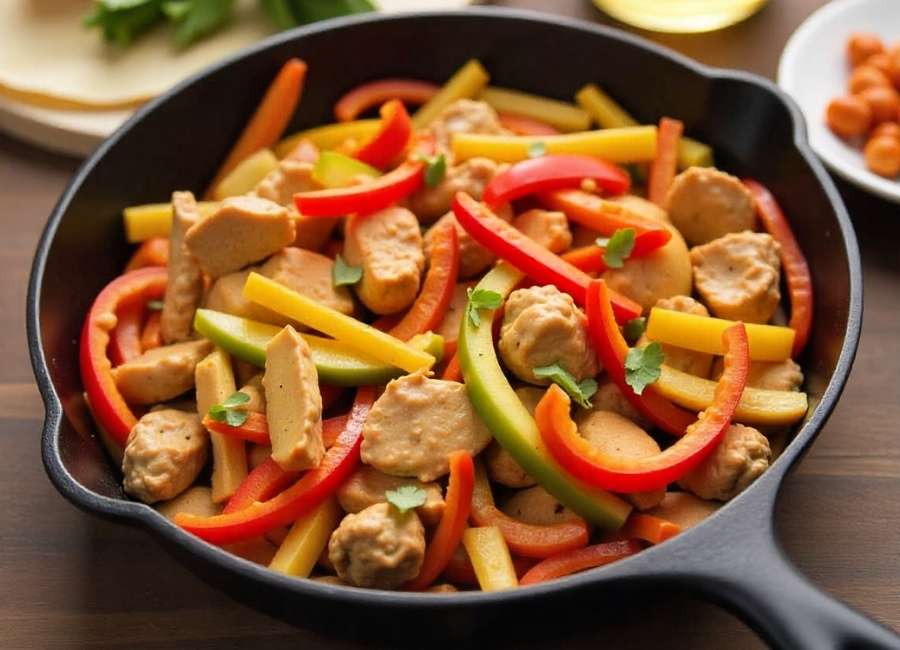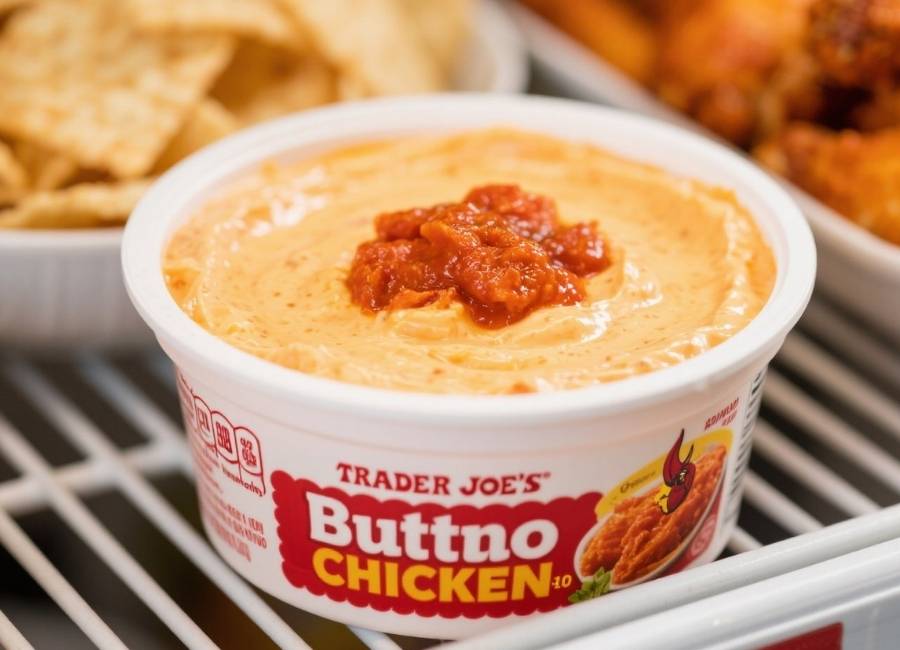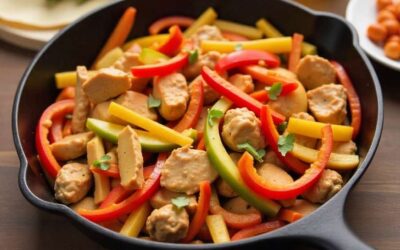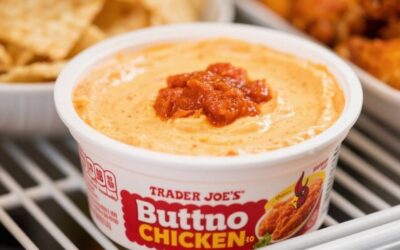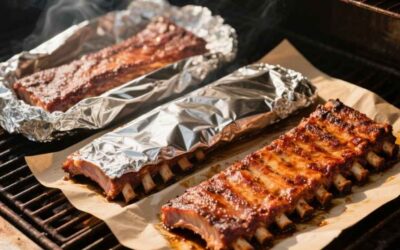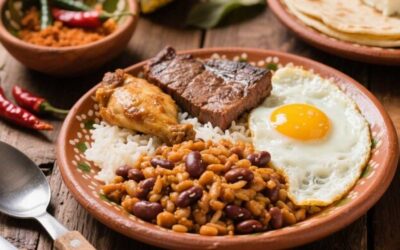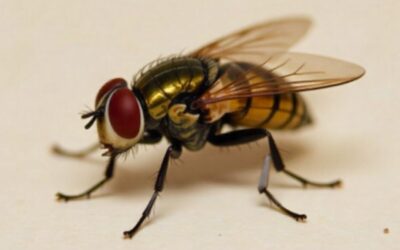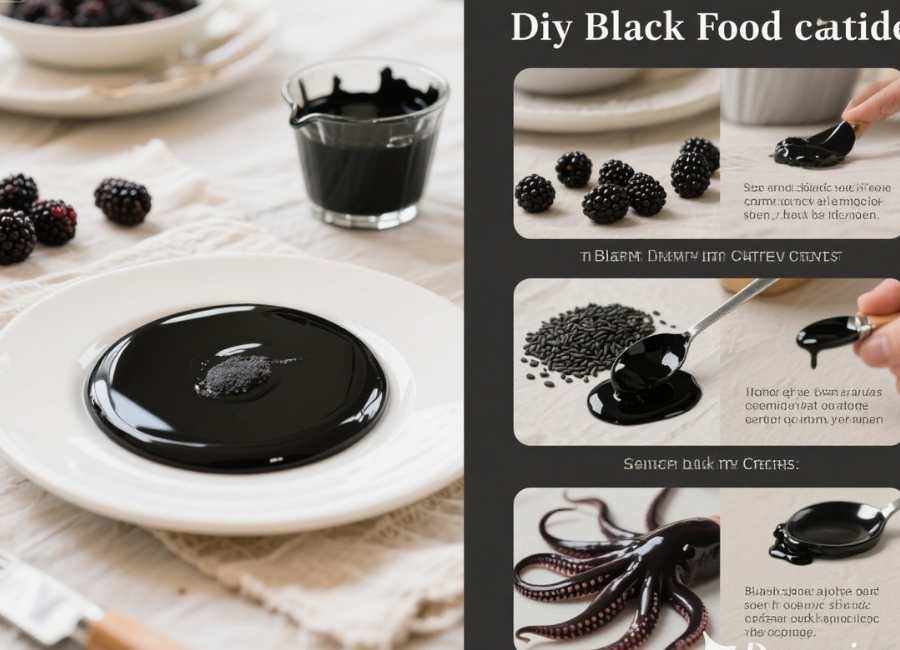Creating deep, rich black food coloring can be surprisingly challenging. Store-bought versions often produce muddy grays or require large amounts that can alter your recipe’s taste and texture. The good news? You can make vibrant black food coloring at home using ingredients you likely already have in your kitchen.
Whether you’re decorating Halloween cookies, creating gothic wedding cakes, or adding dramatic flair to your baking projects, homemade black food coloring offers better control over color intensity and flavor. This guide will walk you through four proven methods to achieve the perfect midnight black, along with tips for using it effectively in your recipes.
Understanding Why Black Food Coloring Is Tricky
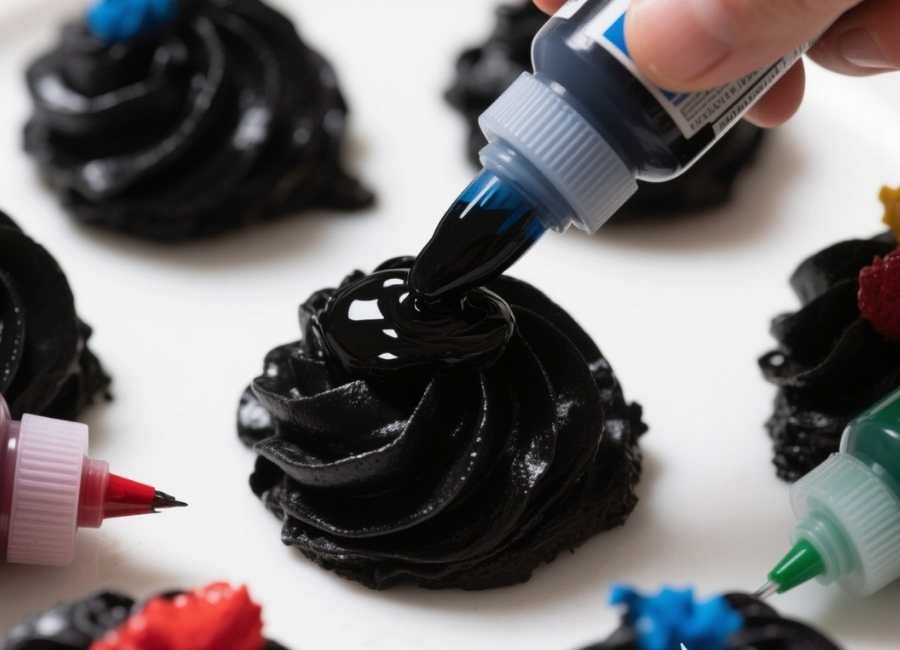
Black isn’t a single color—it’s the absence of all light, which makes it complex to recreate with food coloring. Most commercial black food colorings are actually very dark combinations of red, blue, and green. (How to Make Black Food Coloring, n.d.) When you add too much, these underlying colors can create an unpleasant metallic taste or alter the consistency of your recipe. (Can I Use Liquid Food Colouring To Make Black Food Colouring?, n.d.)
The key to successful black food coloring lies in understanding color theory and working with concentrated pigments that won’t compromise the flavor or texture of your dish.
Method 1: Cocoa Powder and Food Coloring Combination
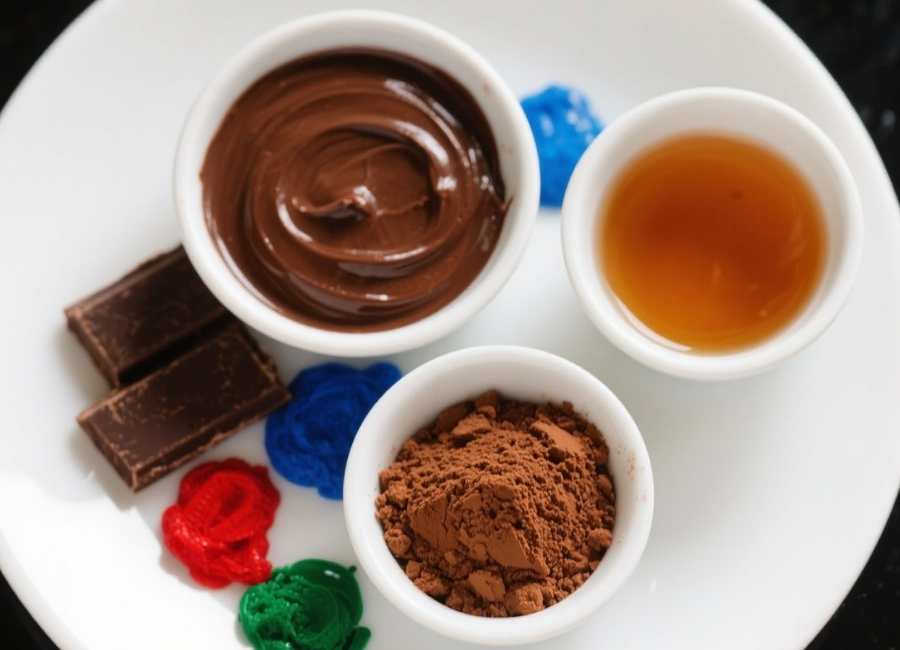
This method produces the most natural-tasting black food coloring and works exceptionally well for chocolate-based recipes.
What you’ll need:
- 2 tablespoons unsweetened cocoa powder
- 1/4 teaspoon each of red, blue, and green liquid food coloring
- 1 tablespoon hot water
Instructions:
- Mix the cocoa powder with hot water until a smooth paste forms.
- Add equal amounts of red, blue, and green food coloring.
- Stir thoroughly until the color is uniform.
- Let the mixture cool before using.
This method yields approximately 3 tablespoons of black food coloring, which works perfectly in chocolate cakes, brownies, and dark-colored frostings. The cocoa powder adds depth while the food coloring provides the black intensity.
Method 2: Activated Charcoal Method
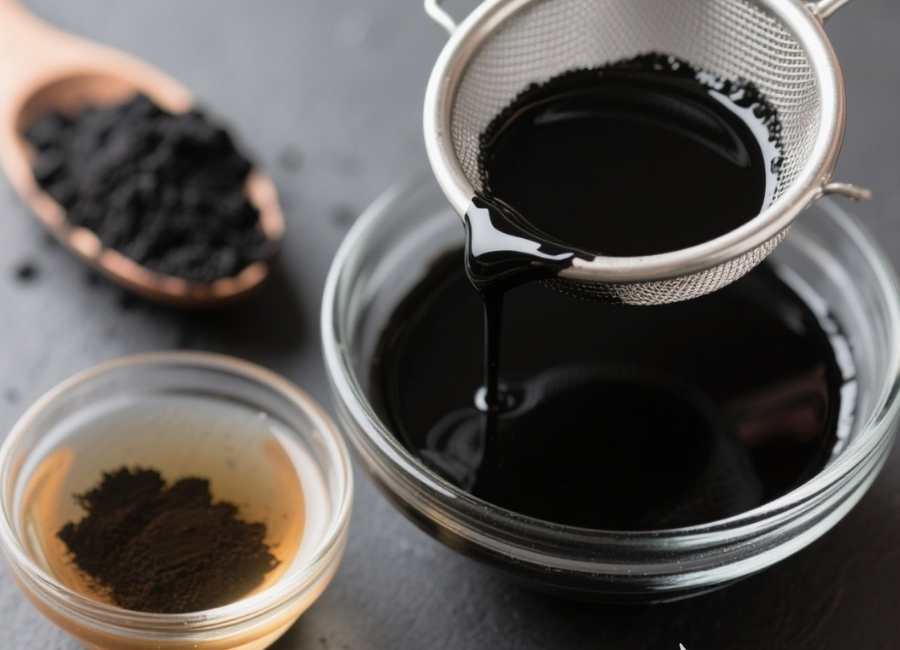
Activated charcoal creates the deepest black color with minimal impact on taste, though it should be used sparingly. (How to Make Black Food Coloring | LEAFtv, n.d.)
What you’ll need:
- 1/2 teaspoon food-grade activated charcoal powder
- 2 tablespoons warm water
- 1/4 teaspoon liquid food coloring (any dark color)
Instructions:
- Dissolve activated charcoal powder in warm water.
- Add a small amount of dark food coloring to enhance the black.
- Mix until completely smooth.
- Strain through a fine mesh if needed to remove any lumps
Important note: Use only food-grade activated charcoal and avoid this method if you’re taking medications, as activated charcoal can interfere with the absorption of certain medications. (FAQ – Charcoal Remedies, n.d.)
Method 3: Black Bean Liquid
This unconventional method uses the dark cooking liquid from black beans to create natural black coloring.
What you’ll need:
- 1/2 cup liquid from cooked black beans (reserved cooking water)
- 2 tablespoons cornstarch
- 1/4 teaspoon vanilla extract (optional, to mask bean flavor)
Instructions:
- Strain the black bean cooking liquid to remove any particles.
- Reduce the liquid by half over medium heat (about 10 minutes)
- Whisk in cornstarch to thicken.
- Add vanilla extract if desired.
- Cool completely before using.
This method creates a natural, food-safe black coloring that works well in savory applications or neutral-flavored desserts.
Method 4: Concentrated Gel Food Coloring Blend

For the most vibrant results, combine gel food colorings in specific ratios.
What you’ll need:
- 1/2 teaspoon black gel food coloring
- 1/4 teaspoon each of red, blue, and green gel food coloring
- 1 tablespoon corn syrup or honey
Instructions:
- Mix all gel colorings together in a small bowl.
- Add corn syrup to create a smooth, spreadable consistency.
- Blend until the color is uniform and deep black.
- Store in an airtight container for up to 3 months
This method produces the most intense black color and works excellently for fondant, buttercream frosting, and royal icing. (Black Royal Icing, n.d.)
Tips for Using Homemade Black Food Coloring
Start small: Black food coloring is a powerful tool. Begin with small amounts and gradually increase until you achieve your desired shade.
Consider your base: Light-colored bases, such as those made with vanilla cake or white frosting, will require more coloring than chocolate-based recipes.
Allow time for color development: Many food colorings deepen over time. Let your mixture sit for 30 minutes before adding more coloring.
Test compatibility: Always test your homemade coloring with a small portion of your recipe first to ensure it doesn’t affect texture or taste.
Storage matters: Homemade food coloring typically lasts 1-2 weeks in the refrigerator when stored in airtight containers. (Expired Food Coloring? Here&, n.d.)
Best Applications for Each Method
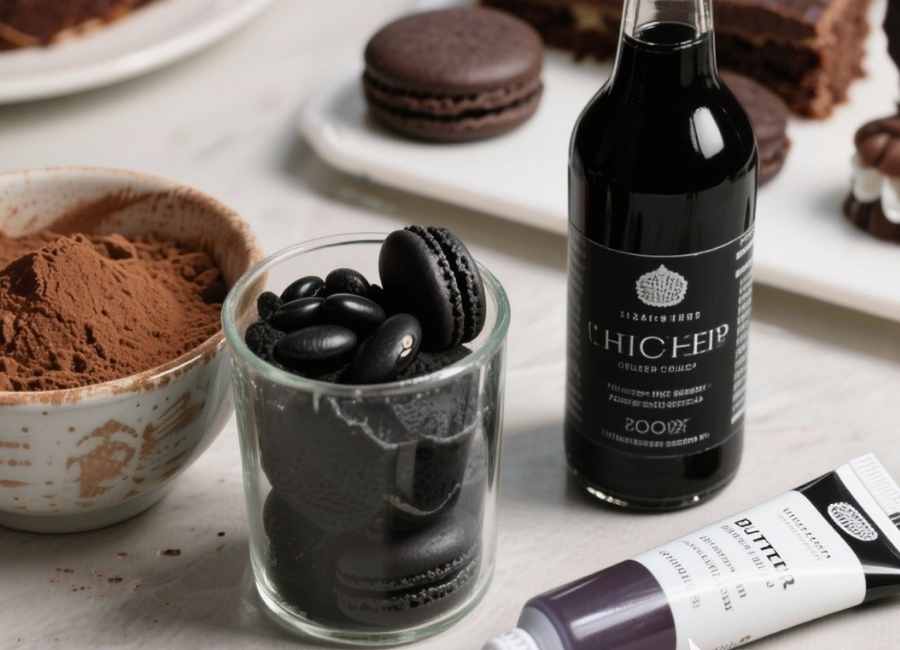
Cocoa powder method: Perfect for chocolate cakes, brownies, chocolate frosting, and dark cookie dough.
Activated charcoal method: Ideal for dramatic black macarons, black ice cream, or Gothic-themed desserts where intense color is a priority.
Black bean liquid: Excellent for savory applications, black bread, or neutral-flavored items where a natural coloring is desired.
Gel coloring blend: Ideal for buttercream frosting, fondant, royal icing, and applications that require smooth, intense color.
Troubleshooting Common Issues
If your black food coloring appears gray or muddy, try these solutions:
- Add more concentrated pigment rather than more liquid.
- Allow the color to develop for several hours before evaluating the final result.
- Adjust the base recipe by adding cocoa powder to naturally deepen the color.
- Use gel colorings instead of liquid versions for more concentrated color.
Ready to Create Stunning Black Treats
Making black food coloring at home gives you complete control over both color intensity and flavor impact. Each method offers unique advantages depending on your specific recipe and desired outcome. The cocoa powder method provides the best flavor balance, while activated charcoal yields the deepest black color. Black bean liquid offers a completely natural option, and the gel coloring blend provides professional-quality results.
Experiment with these methods to find your preferred technique, and don’t hesitate to combine approaches for customized results. With practice, you’ll create beautifully black treats that taste as good as they look dramatic.











